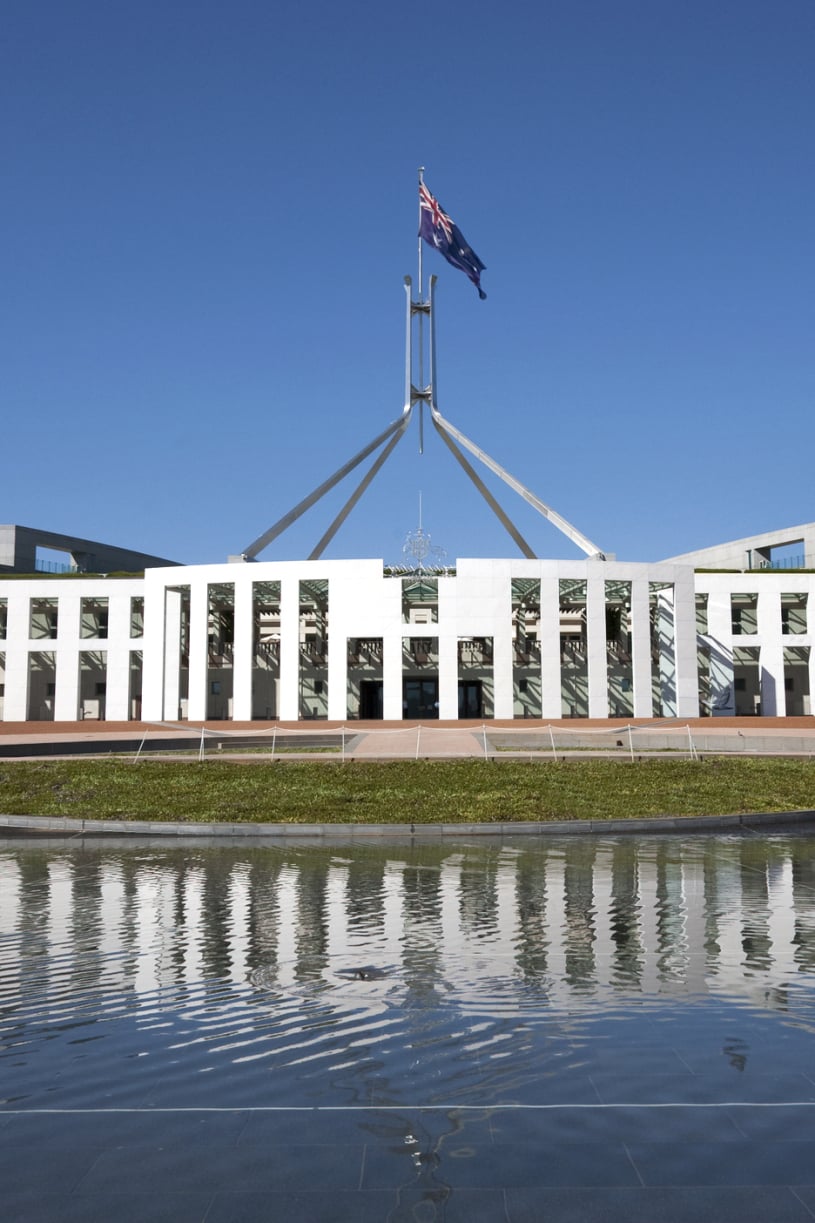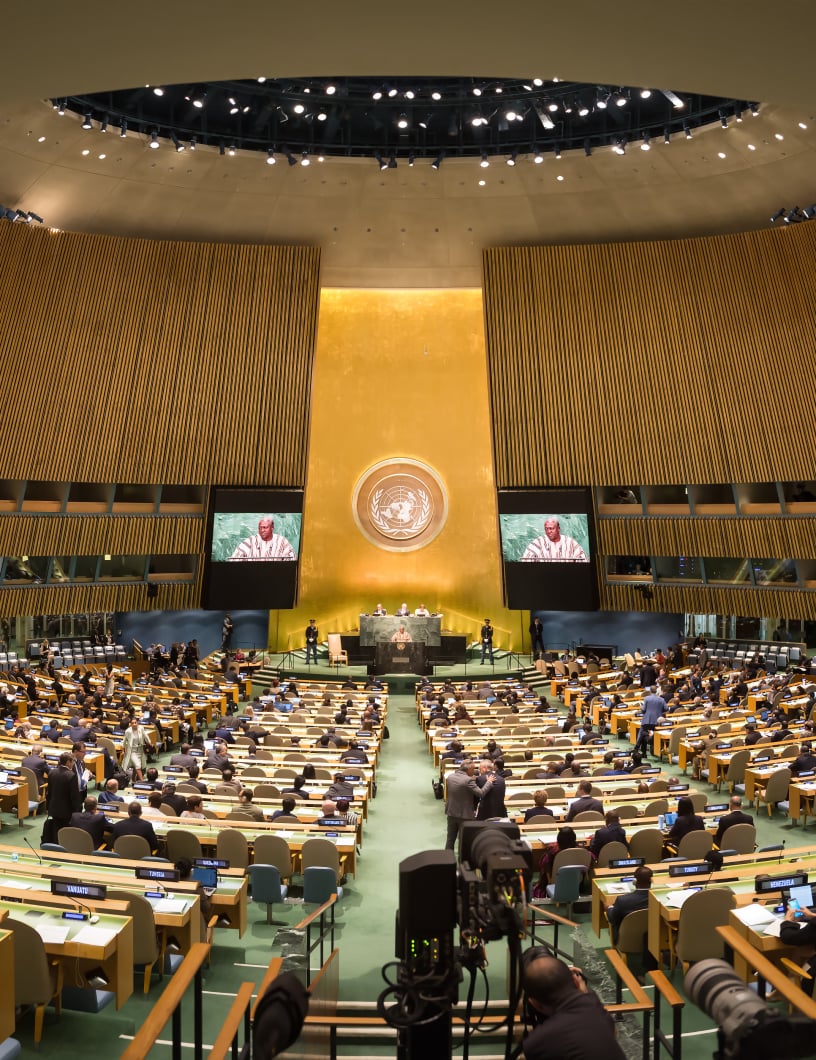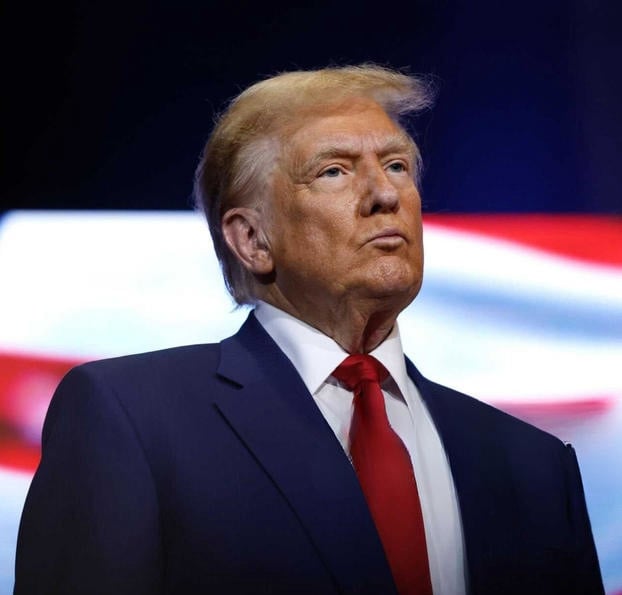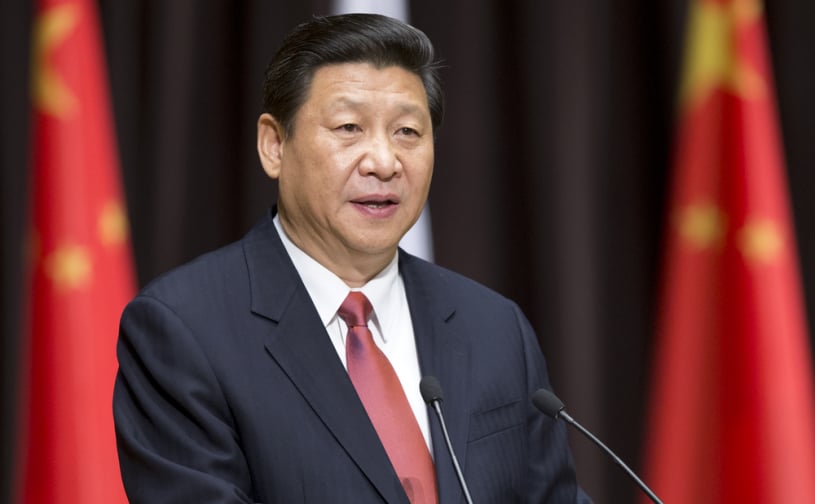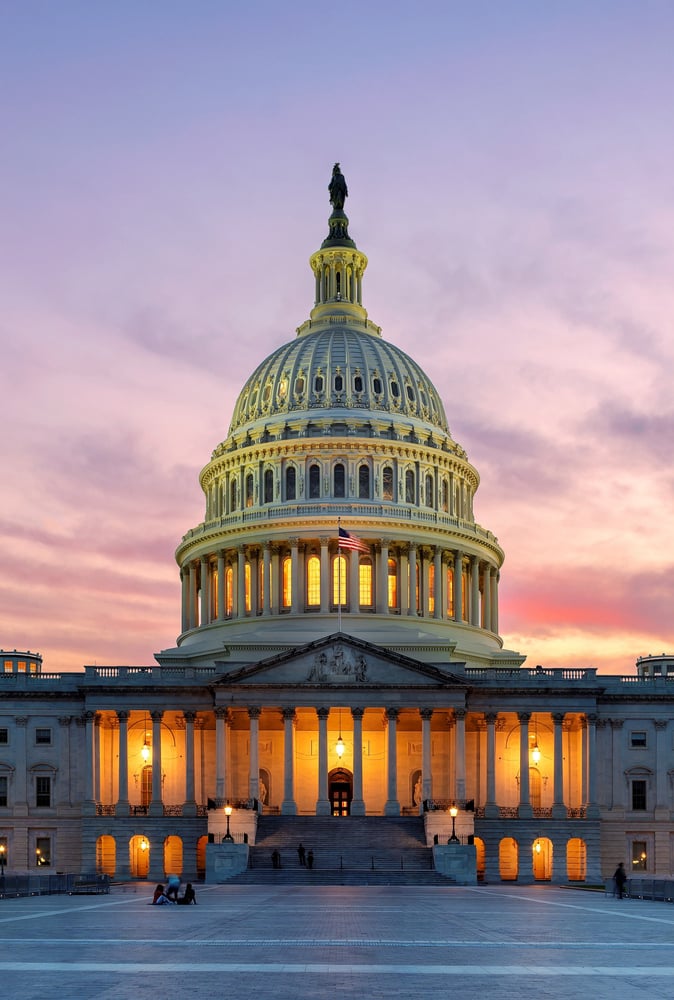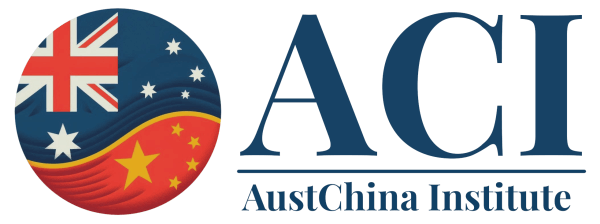What led to the establishment of the AustChina Institute?
The AustChina Institute was founded in December 2024 with the mission to offer unbiased research and top-tier insights on the Australia-China relationship, facilitating more informed foreign and strategic policy-making
Background and Context
Since 2017, the rapidly evolving geopolitical climate has presented significant challenges for Australia in maintaining its strategically balanced position between the superpowers of the U.S. and China. Making the right foreign policy decisions is crucial for Australia's economy, regional security, diplomatic influence, technological advancements and the clean energy transition.
However, to make sound foreign policy and strategic decisions, it is imperative that policymakers have access to unbiased research data and balanced sources of information. Unfortunately, it has been evident for several years that such impartial research has been notably lacking in Australia's think tank landscape:
Several prominent Australian think tanks have been receiving foreign funding, primarily from the U.S., which presents a conflict of interest for work meant to serve Australia's national interest.
Consequently, much of their research seems to have leaned towards a pro-U.S. perspective, while amplifying the 'China-threat' narrative.
It has also been evident that a significant amount of misinformation about China and the 'China-threat' narrative has permeated Australian political discourse and media. Concurrently, Australia has lost many of its China experts due to government funding cuts that spanned several years. The recent 'Independent Review of Commonwealth funding for strategic policy work' conducted by Peter Varghese AO in July 2024 identified that:
"Australia’s falling China expertise is a systemic failure....The more difficult China becomes the more important it is that we understand it. We must have greater depth and multi-disciplinary experts on China to inform the most consequential decisions Government will make on Australia’s security and prosperity in the coming decades."
